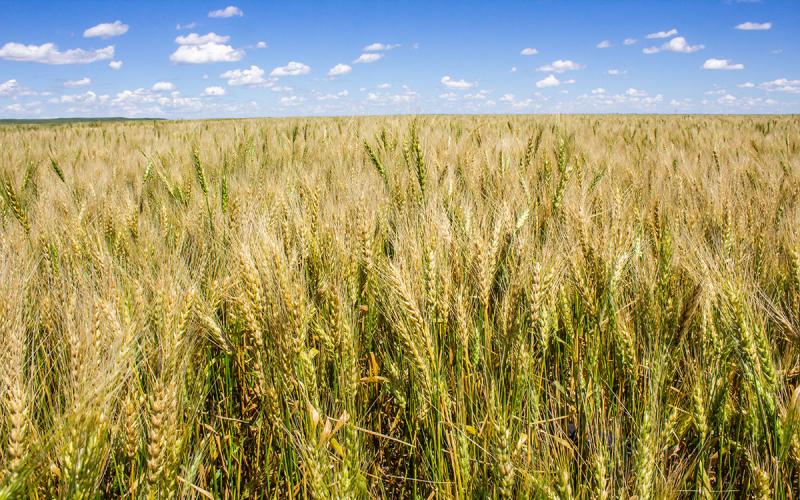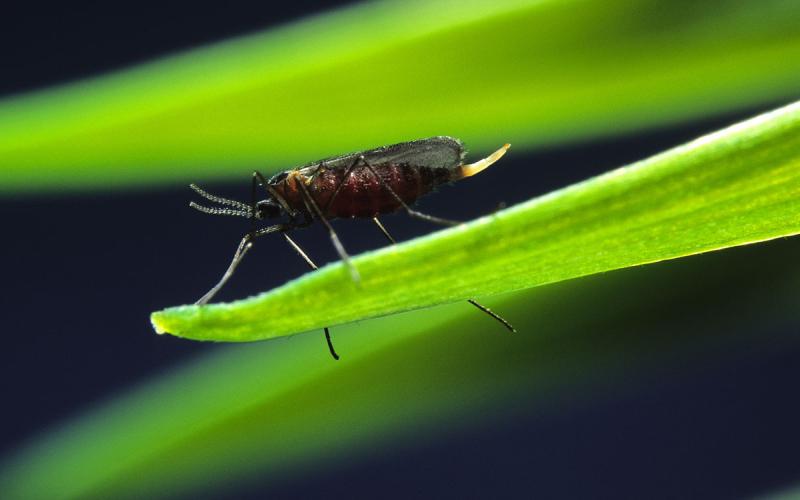As May approaches, many farmers are preparing for row crop planting. In areas where flood waters have receded and soils are dry enough to begin field operations, farmers will likely be out in full swing soon. As always, there are a few basic things to keep in mind before we put that seed in the ground.
- Watch soil temperatures. Although it may feel like spring, some soils are still colder than recommended for planting. As a general reminder, corn germinates at ~50°F and soybeans at ~54°F; it is ideal to see these average temperatures, every morning for several days before planting to avoid chilling injury. See updated SD soil temperatures at the Mesonet at SDState website.
- Watch soil moisture. Be sure that soils are in acceptable condition for planting to avoid sidewall compaction and other mechanical planting issues. For more details on planting into wet soils, see the article “Planting Into Wet Soils.”
- Consider soil conditions and field history before planting. If soils have been flooded or very wet, give plant disease prevention special consideration, this includes cultivar selection, seed treatment considerations, crop rotation, and timing of planting. For more details, see the article “Plant Disease Management Decisions to Make Before Planting.”
- Consider re-evaluating your selected crop maturity. If planting is delayed due to wet soils or other factors, be sure maturity selection is considered. To look up growing degree-days in your area, visit the Mesonet at SDState website.
- As the season progresses and some fields are deemed too wet for the intended cash crop, consider insurance planting date deadlines and alternative cover crops or forage crops as an option. View the article,“Planting Considerations for a Late Spring,” for more information regarding late planting considerations.


